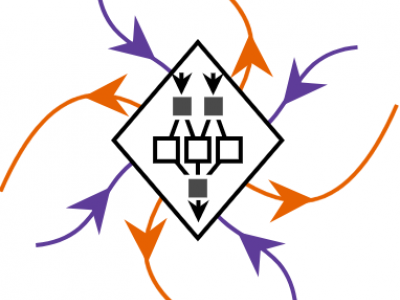neural networks

Māori enterprises are pivotal to the economic and cultural prosperity of Aotearoa, yet predictive analysis of business outcomes tailored to these enterprises remains underexplored. This research examines the application of recurrent neural networks (RNNs) and transformer architectures to forecast key performance indicators (KPIs) for Māori small and medium-sized enterprises (SMEs).
- Categories:
 25 Views
25 Views
Please cite the following paper when using this dataset:
Vanessa Su and Nirmalya Thakur, “COVID-19 on YouTube: A Data-Driven Analysis of Sentiment, Toxicity, and Content Recommendations”, Proceedings of the IEEE 15th Annual Computing and Communication Workshop and Conference 2025, Las Vegas, USA, Jan 06-08, 2025 (Paper accepted for publication, Preprint: https://arxiv.org/abs/2412.17180).
Abstract:
- Categories:
 156 Views
156 ViewsTo download this dataset without purchasing an IEEE Dataport subscription, please visit: https://zenodo.org/records/13896353
Please cite the following paper when using this dataset:
- Categories:
 1065 Views
1065 ViewsTo download the dataset without purchasing an IEEE Dataport subscription, please visit: https://zenodo.org/records/13738598
Please cite the following paper when using this dataset:
- Categories:
 1359 Views
1359 ViewsThis dataset is associated with TODOS: Thermal sensOr Data-driven Occupancy Estimation System for Smart Buildings. It is a novel system for estimating occupancy in intelligent buildings, TODOS uses a low-cost, low-power thermal sensor array along with a passive infrared sensor. We introduce a novel data processing pipeline that allows us to automatically extract features from the thermal images using an artificial neural network. Through an extensive experimental evaluation, we show that TODOS provides occupancy detection accuracy of 98% to 100% under different scenarios.
- Categories:
 1453 Views
1453 Views
<p>Ten individuals in good health were enlisted to execute 16 distinct movements involving the wrist and fingers in real-time. Before commencing the experimental procedure, explicit consent was obtained from each participant. Participants were informed that they had the option to withdraw from the study at any point during the experimental session. The experimental protocol adhered to the principles outlined in the Declaration of Helsinki and received approval from the local ethics committee at the National University of Sciences and Technology, Islamabad, Pakistan.
- Categories:
 144 Views
144 Views
The morphological characteristics of skeletal muscles, such as fascicle orientation, fascicle length, and muscle thickness, contain valuable mechanical information that aids in understanding muscle contractility and excitation due to commands from the central nervous system. Ultrasound (US) imaging, a non-invasive measurement technique, has been employed in clinical research to provide visualized images that capture morphological characteristics. However, accurately and efficiently detecting the fascicle in US images is challenging.
- Categories:
 218 Views
218 Views
Task prioritization is one of the most researched areas in software development. Given the huge amount of papers written on the topic, it might be challenging for IT practitioners to find the most appropriate tools or methods developed to date to deal with this important issue. To overcome this problem, we conducted a systematic literature review. The main goal of this work is to review the current state of research and practice on task prioritization among IT practitioners and to individuate the most effective ranking tools and techniques used in the industry.
- Categories:
 257 Views
257 ViewsWe study the ability of neural networks to steer or control trajectories of dynamical systems on graphs, which we represent with neural ordinary differential equations (neural ODEs). To do so, we introduce a neural-ODE control (NODEC) framework and find that it can learn control signals that drive graph dynamical systems into desired target states. While we use loss functions that do not constrain the control energy, our results show that NODEC produces control signals that are highly correlated with optimal (or minimum energy) control signals.
- Categories:
 816 Views
816 Views



